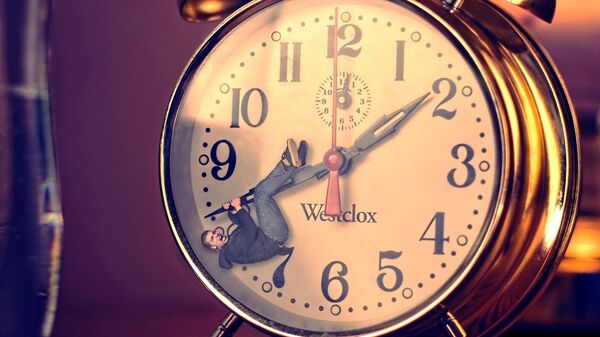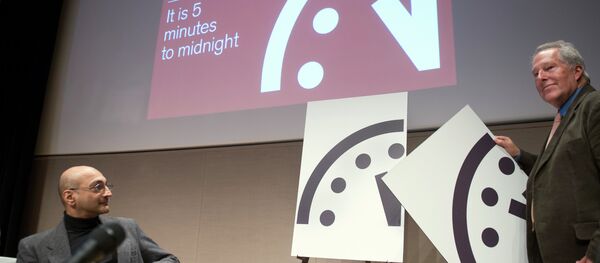The second will be added at 23 hours, 59 minutes and 59 seconds Coordinated Universal Time (UTC), which is 6:59:59 PM in Washington, DC. Official clocks will read 23:59:60 UTC before midnight.
“The units of time had long been defined based on Earth's rotation relative to distant celestial bodies. But that changed with the invention of atomic clocks in the mid-20th century; scientists then decided to base the second on the natural vibrations of the cesium atom,” Space.com explained.
Due to outside factors, including the moon’s gravitational pull, the Earth’s spin slows between 1.5 and 2 milliseconds every day, adding to a full second every 500 to 750 days. The aim of adding leap seconds is to keep the two timescales within 0.9 seconds of each other.
“Leap seconds are a way to make up for this difference. Since 1972, the International Earth Rotation and Reference Systems Service (IERS) — the organization that keeps track of time for the world — has added 26 leap seconds to atomic clocks, with the last such insertion coming on June 30, 2015,” according to Space.com.
Whenever seconds are added to a year, it occurs on either June 30 or December 31, and in 1972 they did it on both days.
"We can easily change the time of an atomic clock, but it is not possible to alter the Earth's rotational speed to match the atomic clocks," the US Naval Observatory (USNO), who maintains the Department of Defense's master clock, said in a statement.
Unsurprisingly, there is an anti-leap second movement. Critics of the practice of adding time argue that it creates problems for computers that have not been designed with additional seconds in mind.




